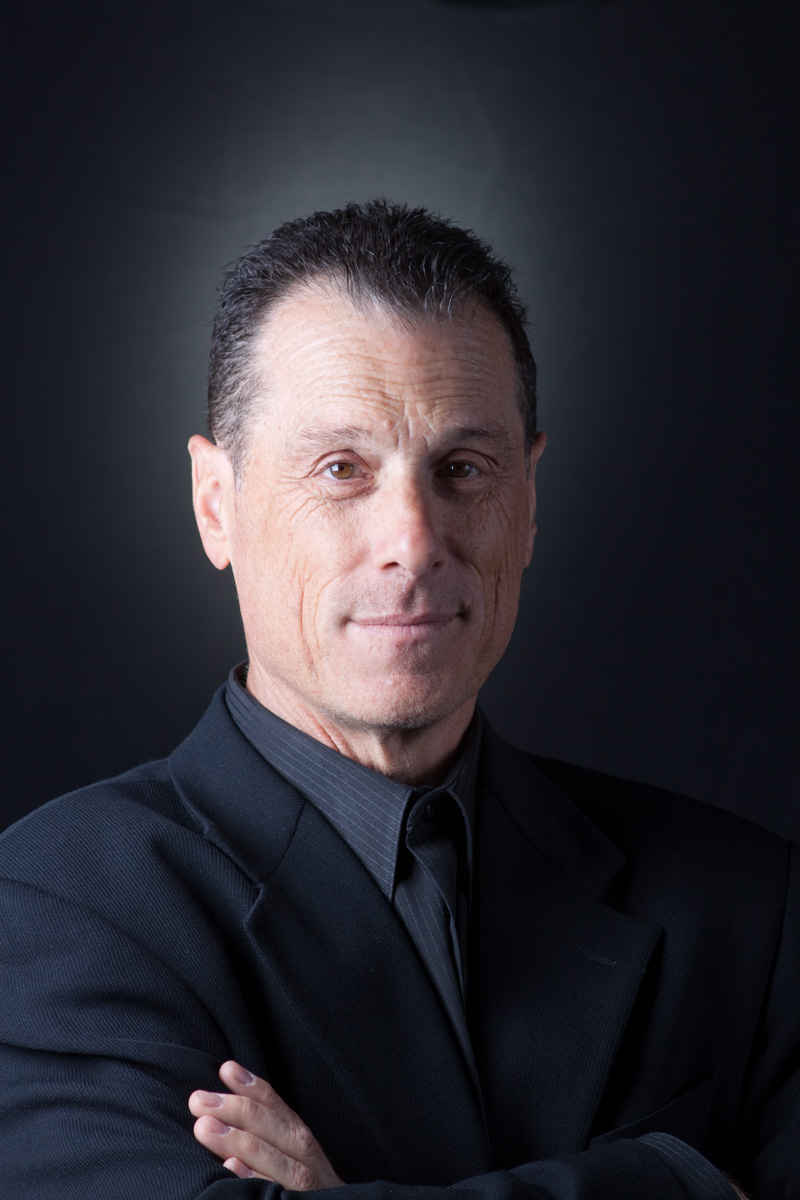 At this time of year, settled as we are into the deepest freeze, the landscape knit together into rectangles of pure white, the sonic quality of everyday life quiets remarkably toward silence. This observation comes as I have been talking to students about Art and Spirituality, its overlap with Transcendentalism, and other manifestations of Eastern influences that lead artists to turn inward in their practice. Personally, living as I do in the rural countryside, winter is markedly different, both visually and aurally. My views to the south are completely absent of anything but farmland and the natural landscape. When deep into winter, all is snow-covered and frozen, the sounds that I am used to hearing (birds, cars in the distance, farm machinery) disappear leaving a void in their place. For me, such silence is mesmerizing.
At this time of year, settled as we are into the deepest freeze, the landscape knit together into rectangles of pure white, the sonic quality of everyday life quiets remarkably toward silence. This observation comes as I have been talking to students about Art and Spirituality, its overlap with Transcendentalism, and other manifestations of Eastern influences that lead artists to turn inward in their practice. Personally, living as I do in the rural countryside, winter is markedly different, both visually and aurally. My views to the south are completely absent of anything but farmland and the natural landscape. When deep into winter, all is snow-covered and frozen, the sounds that I am used to hearing (birds, cars in the distance, farm machinery) disappear leaving a void in their place. For me, such silence is mesmerizing.
Art has long had a relationship with sound, either implied or inferred, actual or concrete. From the Futurist and Dada sound poems of Filippo Tommaso Marinetti, Hugo Ball, and Kurt Schwitters, to the Deep Listening of Pauline Oliveros and the transformative vocal performances of Meredith Monk, sound, or in some cases, silence has often framed our relationship with the visual. Sound provides context for experience, though it is a short leap to considering sound as the experience itself, something that neurologists and others studying Synesthesia (a neurological condition in which a person experiences “crossed” responses to stimuli ) have long found fascinating. I have been reading about Misophonia, a kind of synesthesia disorder in which negative experiences (anger, fright, hatred, disgust) are triggered by specific sounds, which seems to be a more contemporary version of such disorders. Perhaps contemporary synesthesia is a by-product of the current era; an embodiment of the constant glut of external stimulation. And perhaps silence, (which is increasingly rare these days) is also a kind of stimuli; the absence of sound seems as foreign to some city dwellers as a stone in one’s shoe. Such a lack often produces anxiety and impedes concentration.
As I was speaking to my students about the recurrence of monochromatic paintings in the 20th century (all white/all black) by artists such as Agnes Martin and Robert Ryman and similar works, such as those by Mark Rothko, that function as contemplative prompts and/or invitations to turn inward to one’s own meditative self, I began to think of such works in their connection to Transcendentalism. The Transcendentalists stood at the heart of The American Renaissance—the flowering of our nation’s thought in literature, poetry, painting, sculpture, architecture, and music, in the period roughly designated from 1835-1880, and included such figures as: Ralph Waldo Emerson, Henry David Thoreau, and Margaret Fuller. Transcendentalism was suggested by writings of the philosopher Immanuel Kant, who called “all knowledge transcendental which is concerned not with objects but with our mode of knowing objects.” The idea of “knowing” objects or performances or experience in general is undoubtedly a driving force for most artists. It was and is a driving force for those enchanted with place and with the landscape. Thoreau himself noted that, “Silence is the communing of a conscious soul with itself.” And the author and critic Susan Sontag said, “silence remains, inescapably, a form of speech.”
Sound (of course with certain exceptions) is inseparable from our experience of the visual. I am always aware of how sound falls away when in a museum that features certain kinds of work; works of art that have historical resonance for instance. It seems the more gravitas the work has, the higher esteem it is held with, the quieter the space in which it is exhibited. Silence in the face of the visual creates space for both contemplation but also for speech as Sontag suggests. The space in which we contemplate what is in our field of vision, what we feel, and what we may or may not hear (in silence), is the space in which we compose and index our response.
Perhaps the most concrete example of the way in which silence may form a space for language, is to be found in composer John Cage’s now infamous, 4’33”, a silent composition influenced by the all-white paintings of his friend Robert Rauschenberg. Premiered in 1952 at the Maverick Concert Hall, the score is treated formally like any other, with the express difference that while sitting at the piano in front of sheet music, Cage strikes no keys and makes no “musical” gestures at all. Instead the implication is that the audience has been invited to simply observe and listen to all that is not impeding the authentic experience of that rainy night in Woodstock, New York.
Very best,
Douglas Rosenberg
Chair, UW-Madison Art Department
